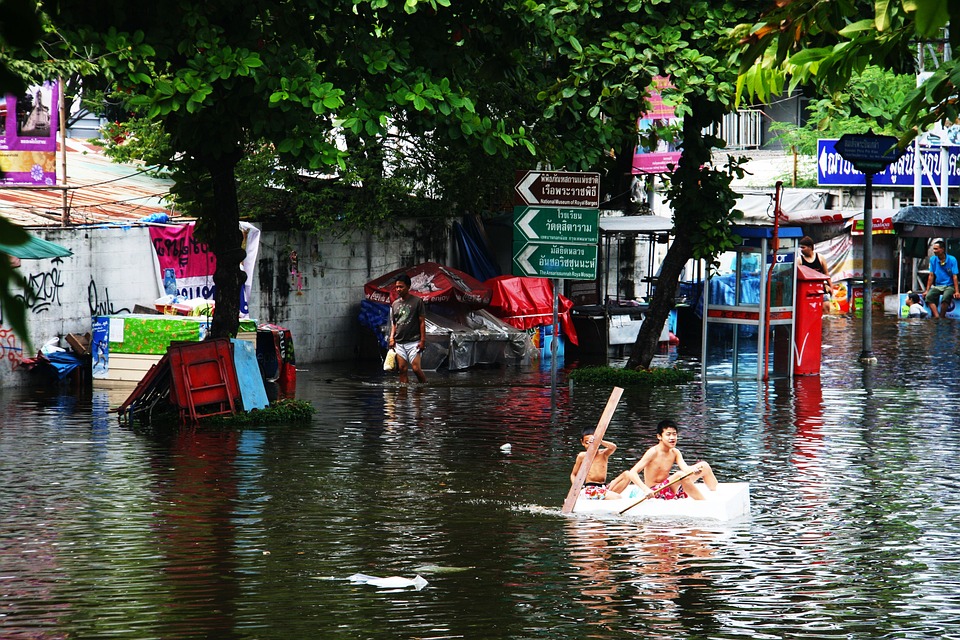What Is a Climate Scientist? Understanding the Role of Experts in Studying Earth’s Climate
Climate science is a vital field that focuses on understanding the Earth’s climate systems, their changes, and the impacts these changes have on our environment and societies. A climate scientist, also known as a climatologist, is a professional dedicated to researching climate patterns, analyzing data, and modeling future climate scenarios. Their work is crucial for comprehending and addressing the challenges posed by global climate change.
What Does a Climate Scientist Do?
Data Collection and Analysis
Climate scientists gather data from various sources, including weather stations, satellites, ocean buoys, and ice cores. This data helps them track long-term climate patterns and identify trends over months, years, or even centuries.
Climate Modeling
Using advanced computer models, climate scientists simulate climate changes and predict future conditions based on current data. These models are essential for understanding potential impacts of different variables on the climate.
Field Research
Many climate scientists conduct field studies in diverse environments such as polar regions, oceans, and forests. This hands-on research allows them to collect firsthand data that can validate their models and theories.
Policy and Communication
Some climate scientists engage with governments and organizations to communicate their findings effectively. They provide insights that guide climate-related policies aimed at mitigating the effects of climate change.
Areas of Focus in Climate Science
– Atmospheric Science: Investigates the Earth’s atmosphere, greenhouse gases, and weather patterns.
– Oceanography: Studies how oceans store and transfer heat, influencing global temperatures and weather systems.
– Glaciology: Focuses on glaciers, ice sheets, and permafrost to understand historical and current climate changes.
– Ecology and Environmental Science: Examines the effects of climate on ecosystems, wildlife, and biodiversity.
– Paleoclimatology: Analyzes past climate conditions using evidence from ice cores, tree rings, and sediment layers to discern long-term trends.
How Climate Scientists Study Climate Change
– Historical Data Analysis: They utilize ice cores, tree rings, and sediments to investigate past climates and identify significant patterns.
– Temperature and CO₂ Measurements: Monitoring atmospheric CO₂ levels and global temperatures helps track indicators of climate change.
– Climate Models and Predictions: Scientists create models to simulate how factors like emissions will affect future climates.
– Impact Studies: They assess the consequences of climate change on sea levels, agriculture, extreme weather events, and ecosystems.
Education and Skills Needed to Become a Climate Scientist
– Academic Background: A degree in atmospheric science, environmental science, meteorology, geology, or physics is typically required.
– Skills in Data Analysis and Computer Modeling: Proficiency in statistics and modeling software is essential for analyzing climate trends.
– Fieldwork and Research Skills: Experience in conducting scientific research is crucial; this often involves fieldwork and laboratory techniques.
– Communication Skills: The ability to convey complex findings to the public, policymakers, and fellow scientists is vital for effective advocacy.
The Importance of Climate Scientists in Today’s World
– Understanding Climate Risks: They help communities recognize risks associated with rising sea levels and extreme weather events.
– Informing Policy and Action: Research conducted by climate scientists informs policies aimed at reducing greenhouse gas emissions.
– Raising Public Awareness: They play a significant role in educating the public about climate change impacts and promoting sustainable practices.
FAQs
– What is the difference between a climate scientist and a meteorologist?
– While both study weather patterns, climatologists focus on long-term trends over extended periods compared to meteorologists who typically analyze short-term weather forecasts.
– How do climate scientists predict future climate conditions?
– By utilizing historical data combined with computer modeling techniques that simulate various scenarios based on current emissions trends.
– What tools do climate scientists use in their research?
– Tools include satellite imagery, weather stations for real-time data collection, computer software for modeling simulations, and laboratory equipment for analyzing samples.
– How does one become a climate scientist?
– Typically requires a relevant degree followed by experience through internships or research positions; advanced degrees may be necessary for specialized roles.
Conclusion
Climate scientists play an essential role in studying, predicting, and communicating about our planet’s changing climate. Their expertise is critical for addressing the challenges posed by global warming and its impacts. As we face increasing environmental challenges, the work of these experts becomes ever more vital for fostering a sustainable future.

Kyle Whyte is a notable scholar and professor at the University of Michigan, holding positions such as the George Willis Pack Professor in the School for Environment and Sustainability and Professor of Philosophy. Specializing in environmental justice, his work critically examines climate policy and Indigenous peoples’ ethics, emphasizing the nexus between cooperative scientific endeavors and Indigenous justice. As an enrolled Citizen Potawatomi Nation member, he brings a vital perspective to his roles as a U.S. Science Envoy and member of the White House Environmental Justice Advisory Council. His influential research is supported by various prestigious organizations including the National Science Foundation, and disseminated through publications in high-impact journals. Kyle actively contributes to global Indigenous research methodologies and education, with affiliations to numerous institutes and societies dedicated to traditional knowledge and sustainability. Recognized for his academic and community engagement, Kyle has earned multiple awards and served in various visiting professorships. His efforts extend to leadership positions on boards and committees focused on environmental justice nationwide.
